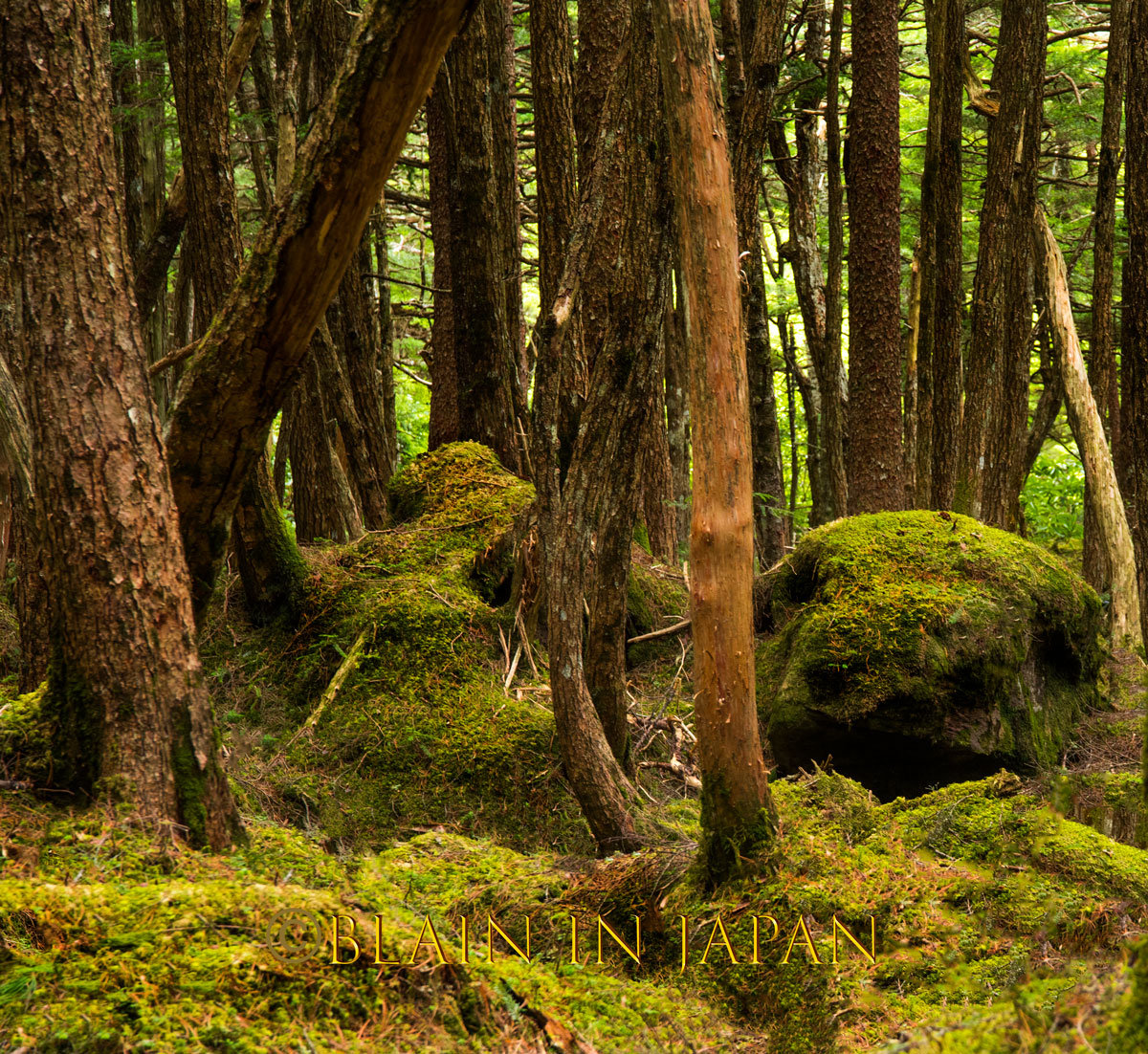Mt. Fuji Autumn Leaves Photography Tour combine three of the most photogenic elements Japan has to offer, its iconic UNESCO peak, the Fuji Five Lakes, and the annual transformation of all the maple trees in the Mt. Fuji area into a medley of reds, oranges, and gold. I have even uncovered the far rarer purple variety of autumn leaves during my 25 plus years exploring, and leading Japan autumn leaves photo tours.
The Fuji Five Lakes are comprised of Yamanakako, Kawaguchiko, Saiko, Shojiko, and Motosu lakes. Over 97% of Japanese have never visited all the fuji five lakes, but you could be one of the 3% who have. As you stroll the shores of the fuji five lakes, you will view and photograph glorious Mt. Fuji reflected in the Fuji Five Lakes and immortalize that moment in your photographs. Lake Kawaguchiko is the most famous and gateway of the Fuji five lakes, due to it’s easy access, and there is no shortage of tourists, hotels and places to shop, but there are a couple of great spots to photograph around Kawaguchiko at the right time of day, plus I have done plenty of commercial shoots around Kawaguchiko. During the majority of my Japan photo tour workshops, I include at least a day or two in the region. But I prefer the other fuji lakes, which are not as accessible by public transportation, making them more friendly for photographers. And these are the lakes and regions, where I mainly lead participants during my annual Japan autumn leaves photo tour workshop.
The Fujigoko (Fuji Five Lakes) were created by Mt. Fuji’s lava flows long ago. And a few of them were created in the year 864 when there was the great eruption of the Jougan era of Mt. Fuji which also, created a fantastic forest known as Aokigahara Jukai, “the sea of trees,” spreading across the Northwest foot of mt. fuji. The Aokigahara forest trees grow in natural volcanic planting pots, in rich peat moss. It spans over 3000 hectares, the forest comprising of primary of hemlock fir, Japanese cypress, plus other evergreen trees, and broadleafs such as the longstalk holly, Japanese andromeda, oak, Fuji cherry, and maple. There is no accurate count of the number caves some with ice throughout the forest and area. The forests popularity is growing among nature photographers, fine art photographer with its incalculable mythological forms appearing from tree roots and moss growing in around and over volcanic lava. But perhaps you are interested in a slightly different vantage point for your photography tour? There are Lake Kawaguchiko and Lake Yamanakako pleasure cruises only minutes from the town centers, so you can enjoy Mt. Fuji and Kawaguchiko or Yamanakako while feeling the brisk embrace of the autumn winds as you take spectacular photos. The natural landscapes surrounding Mt. Fuji include the breathtaking Chureito Pagoda, which by itself is worthy of a photo gallery. However, when you can compose the perfect shot of the pagoda in the foreground and Mt. Fuji in the background, you will begin to understand the magic of region.
Autumn leaves festival are held every year around the fuji five lakes, which generally start on the first day of autumn and last for a little more than three weeks. As a Japan local, I am constantly checking the conditions of the 紅葉 (kōyō) or changing leaves colors, and rest assured you and other participants on my photo workshops will have the very best locations for photo ops, with autumn colors and Mt. Fuji in the backdrop. The most accessible lighting of autumn trees at night festival in Mt. Fuji, is centered on Kawaguchiko’s northern shore, and it provides some good shutter chances. The other fuji five lakes offer amazing lighting up of autumn leaves events, with breathtaking scenery, and, that I am looking forward to visit with participants on my Japan autumn leaves tour, the photography is going to be great fun.






